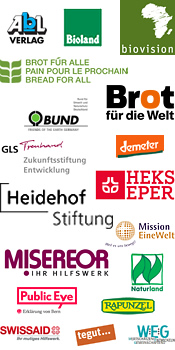Meat supply
Meat supply in kilogram per person per year in the BRICS countries, the EU, the world’s least developed countries (LDCs) and the global average. Data for 2007 and 2017 from FAO Food Balances (2017 figures were calculated on a slightly amended methodology and with revised population figures).
The changing appetite for meat
In 2017, a total of 42.6 kilograms of meat per person was available for human consumption worldwide, an increase of 4.6% compared to ten years earlier. This was possible because production grew faster than the world population. The global average conceals large differences between countries. In 2017 meat supply stood at 14 kilograms per person in the world’s poorest countries, roughly 83 kilograms per person in the EU and a staggering 124 kilograms per person in the US. Meat supply refers to the amount of meat available at the retail level after taking into account imports and exports and changes in stocks. The amount of meat actually consumed may be lower due to food loss and waste. In most BRICS countries, a combination of income and population growth and rising urbanisation translated into increased demand. However, meat consumption is not only influenced by economic factors but also by cultural and religious aspects. In India, where a large proportion of the population is vegetarian, meat supply has remained almost unchanged at four kilogram per person over the past decades. In the EU, meat supply has recently started to stagnate, and is showing signs of a slight decrease.
Sources
FAOSTAT – Data – Food Balance – Food Balances (old methodology and population) for 2007 http://www.fao.org/faostat/en/#data/FBSH and New Food Balances for 2017 http://www.fao.org/faostat/en/#data/FBS


